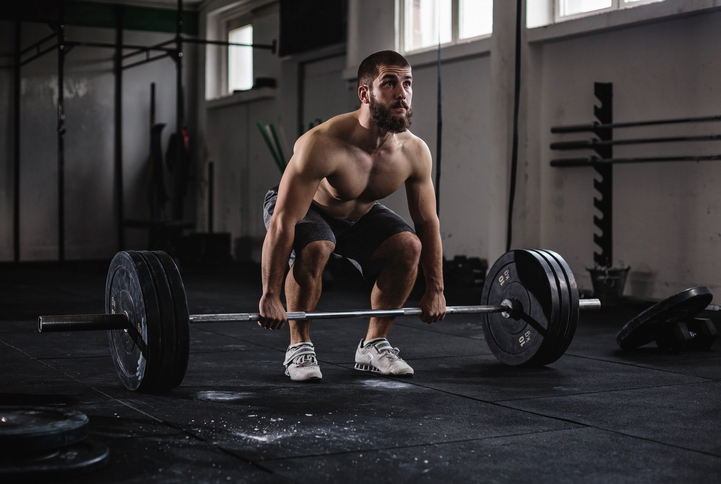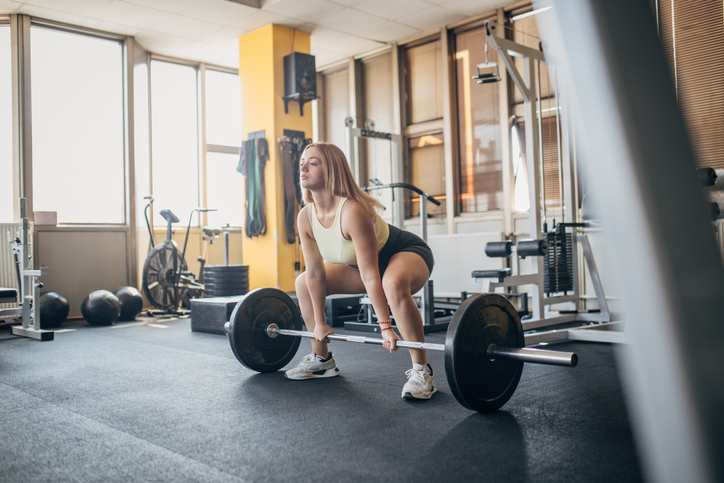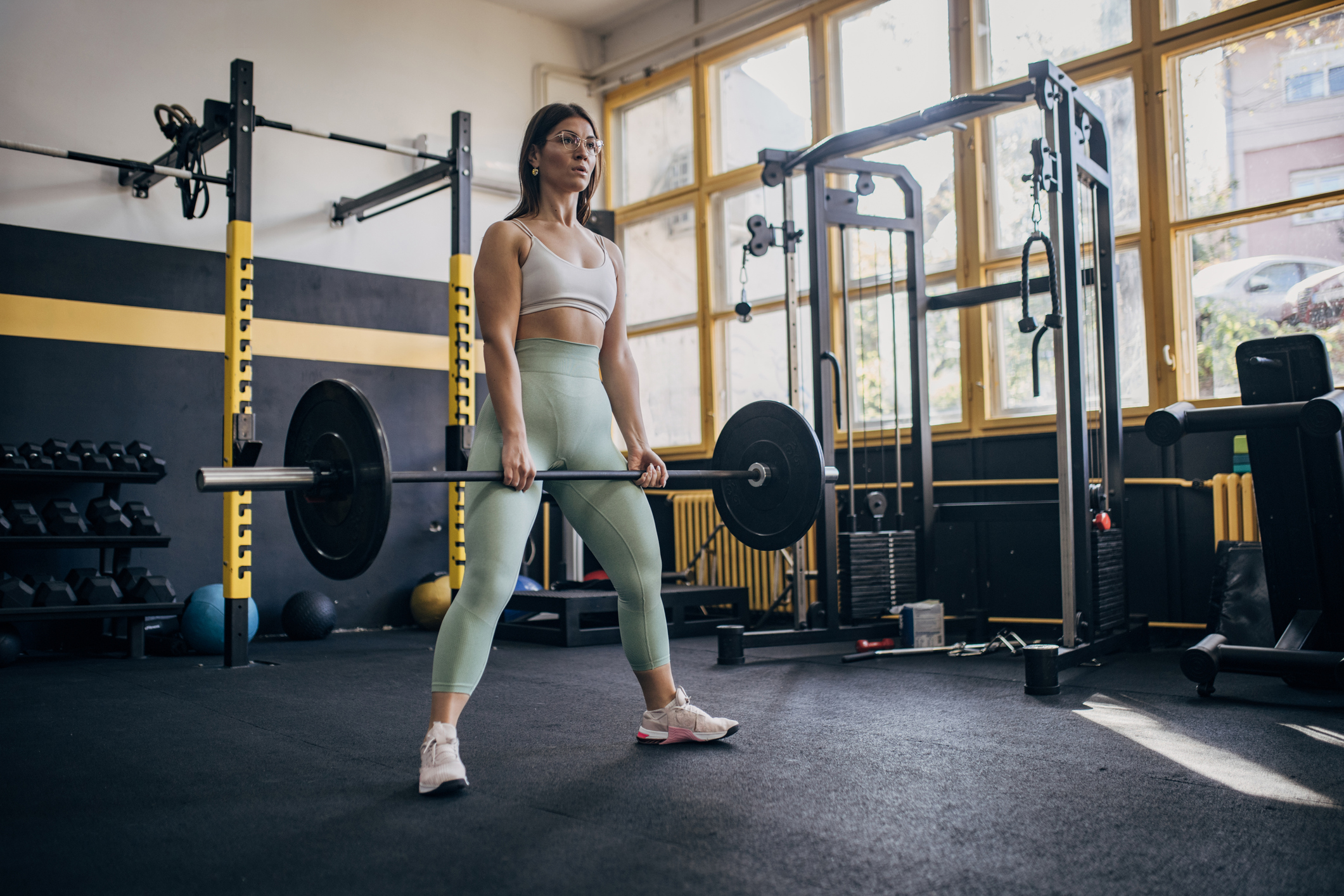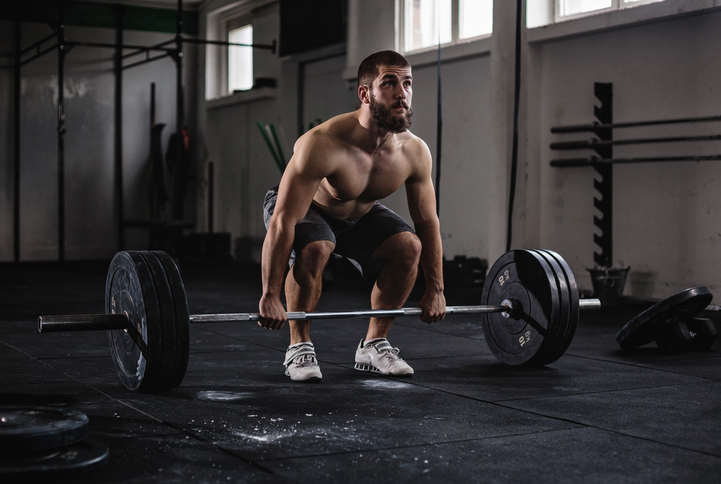Within the well being and health house, there are a selection of fearsome ideological match-ups: cardio vs energy coaching, plant vs animal protein, the entrance squat vs again squat. Amongst these titanic subjects, nevertheless, few can rival that of the sumo vs standard deadlift.
Enter any weight room (or web dialogue) and also you’ll you should definitely hear the sumo vs standard deadlift argument punctuated by the sound of clanging plates. Sumo is dishonest! Typical is harmful!
The checklist of accusations leveled in opposition to every of those deadlift variations is just about infinite. Sift by means of the accusations, nevertheless, and also you’ll discover that these compound actions have extra in frequent than their respective fan bases perceive.
Sumo vs Typical Deadlift: Is One Higher Than the Different?
Whereas there are significant biomechanical variations between the sumo and traditional deadlift, “neither is superior to the opposite,†in response to private coach and wellness coach Brandon Kwong, CSCS.
Fairly, every motion has its personal distinctive set of advantages, and the “proper†deadlift variation is the one which works to your targets, is smart biomechanically, and might be carried out each comfortably and confidently, in response to Kwong.
What Are the Variations Between Sumo and Typical Deadlifts?
Finally, the “greatest†motion comes all the way down to the targets and skills of the lifter. “Spend just a few months on every sort of deadlift specializing in good approach, and get a really feel for which is extra snug,†Kwong says.
Testing the sumo vs standard deadlift waters right here might also level out weaknesses in your again or quad muscle mass, which the appropriate accent actions can assist strengthen.
With that being mentioned, listed here are some key variations between the 2 deadlift kinds.
Typical deadlift

- Toes are hip-width aside with arms exterior the legs.
- Has extra “sport-specific†purposes as a result of “standard deadlift mirroring that of the common athletic place,†in response to Kwong.
- Often is the simpler elevate for these missing hip mobility.
- Is usually a nice train for these trying to construct a robust higher again and spinal erectors.
- Most typical type errors: bending the torso too far ahead on the waist, not executing the all-important “hip hinge†appropriately (extra on that beneath), not slicing the slack in arms, shedding rigidity within the posterior chain.
Sumo deadlift

- Toes are a number of inches wider than hip-width, with arms contained in the legs.
- The sumo deadlift’s “shorter vary of movement means the barbell travels much less distance,†in response to Kwong, which might make it simpler to coach often with heavy masses.
- Could yield the next one-rep max.
- May be tough for these with poor hip mobility.
- Most typical type error: bending the torso too far ahead on the waist, not executing the hip hinge appropriately, hyperextension of the lumbar backbone (decrease again) on the high of the elevate.
Can You Carry Extra With a Sumo Deadlift Than a Typical Deadlift?
“The sumo deadlift’s shorter vary of movement as a result of its extensive stance means the load travels much less distance,†Kwong says, which ought to make it simpler to maneuver heavy weight repeatedly for most individuals — in idea.
Nonetheless, the quantity you may elevate with both variation doubtless additionally comes all the way down to your biomechanics, although the one-rep max report (held by Hafthor Bjornsson) sits at 1,104 kilos using a traditional stance, whereas Chris Duffin’s report one-rep max sumo deadlift is roughly 100 kilos lighter.
Which Variation Is Higher for Constructing Energy and Muscle?
The standard and the sumo stance are each efficient muscle-builders — particularly for the glutes, hamstrings, and decrease again — and will have locations in your coaching plan. Collectively, they are going to assist you obtain the range essential to optimize muscle development.
When it comes to constructing energy and athleticism, nevertheless, the standard stance has the higher hand. The sumo deadlift remains to be a terrific train to enhance lower-body energy, however the standard deadlift is a foundational motion that ought to be on the core of your energy coaching program. It helps you construct extra useful energy than its sumo counterpart as a result of it extra successfully makes use of the hip hinge, a elementary motion sample of useful health.
In brief, the coaching diversifications you get from the standard deadlift have extra real-world applicability — from sports activities efficiency to day-to-day life.
Which One Do Trainers Suggest?

Trainers advocate mastering the standard deadlift earlier than progressing to its variations. When you’ve perfected the motion, Kwong says the distinction between the 2 comes all the way down to the individuals performing them.
“Should you’re a powerlifter and the objective is to tug probably the most weight off the ground, and also you’re snug with sumo, go for it,†he says. “On the finish of the day, it’s about offering probably the most stimulus with the least threat of harm.â€
Methods to carry out a traditional deadlift
- Stand together with your toes hip-width aside and the barbell positioned instantly over your mid-foot.
- Holding your again flat and core engaged, push your hips again (think about that you just’re closing a door together with your butt) as you bend at your knees barely and seize the barbell with an overhand (palms dealing with backward) grip. (Make sure you hold your butt greater than your knees always.) That is the beginning place.
- Holding your core engaged, again flat, and bar near your physique, drive by means of your heels and elevate the bar till your legs are absolutely prolonged, squeezing your glutes and driving your hips ahead as you do.
- Pause, after which reverse the motion to return to the beginning place.
Methods to carry out a sumo deadlift
- Stand together with your toes a number of inches wider than shoulder-width aside, shoelaces instantly beneath the barbell, and toes pointing barely outward (roughly a forty five diploma angle)
- Together with your again flat and your arms hanging naturally between your knees, push your hips again (think about you’re closing a door together with your butt—that is the “hip hinge†talked about earlier) as you bend your knees barely and seize the bar with an overhand (palms dealing with backward) grip. (Hold your knees in step with your toes and you should definitely hold your butt greater than your knees always.) That is the beginning place.
- Holding your core engaged, again flat, and bar near your physique, drive by means of your heels and elevate the bar till your legs are absolutely prolonged, squeezing your glutes and driving your hips ahead as you do.
- Pause, after which slowly reverse the motion to return to the beginning place.

